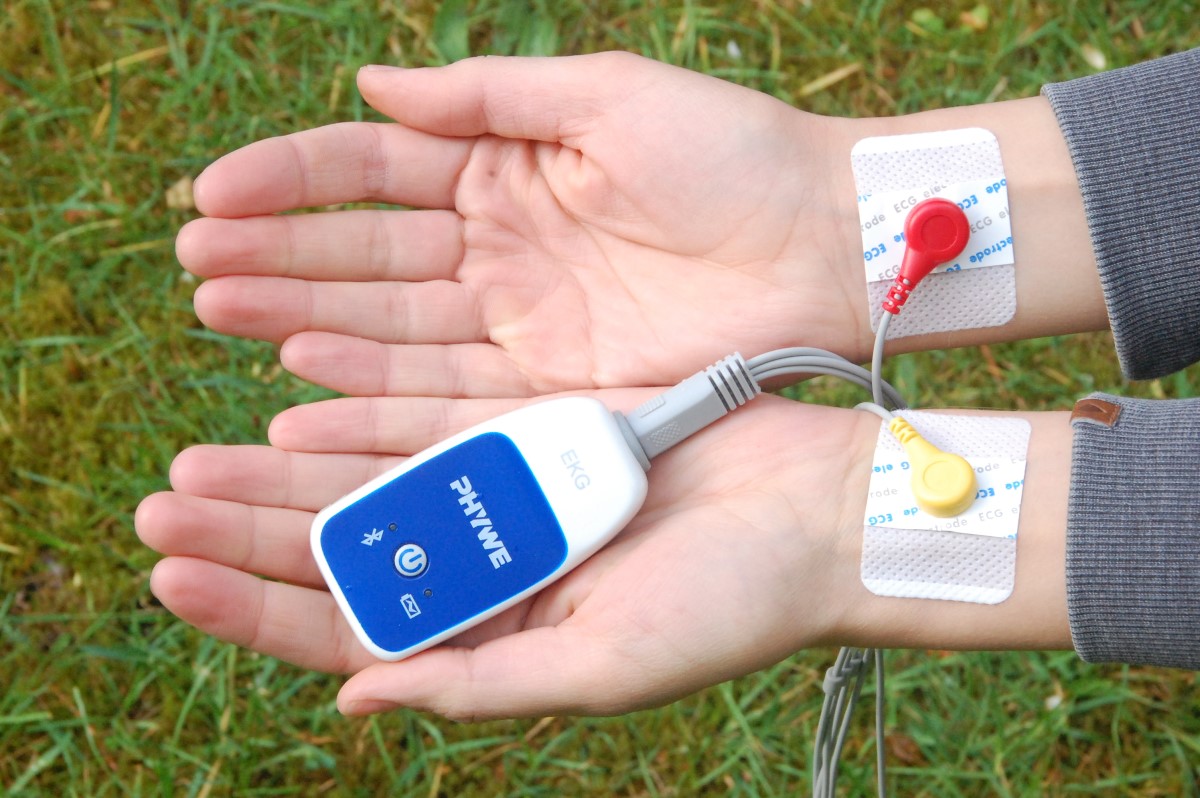Principle
The heart is a hollow, muscular organ that comprises several secondary muscles. These secondary muscles contract and relax successively, thus pumping the blood through the heart. These muscle activities can be measured electrically as a whole at the surface of the skin with the aid of a so-called electrocardiogram (ECG). The same pattern repeats from heartbeat to heartbeat. A heartbeat is the regular sequence of electric excitations (action potentials). You can discern (record) the different partial activities of the cardiac muscle that follow each other with an electrocardiogram. This is why the ECG is also referred to as a "heart curve". A doctor can identify various cardiac disorders by looking at the specific ECG pattern of the heart that is recorded with an ECG machine which is licensed for diagnostic purposes.
Benefits
- No danger due to electrical energy thanks to wireless operation
- Data acquisition with tablets possible
- Outdoors and site-independent measurements possible in tablet mode
- Wireless measurement mode allows for use in sports medicine
- Simple operation of the app, therefore appropriate for all education levels
- Long-term measurement possible, i.e. for fitness tests
Tasks
- Record an electrocardiogram of your own heartbeat at rest and determine the different phases of cardiac activity.
- Compare the ECG of a "normal" heart contraction with the ECG of a heart contraction that was caused by a pacemaker.
Learning objectives
- Electrocardiogram according to Einthoven II
- Heart rate
- Quiet and strained heart
- ECG segments
- Atria and ventricles
- AV nodes

